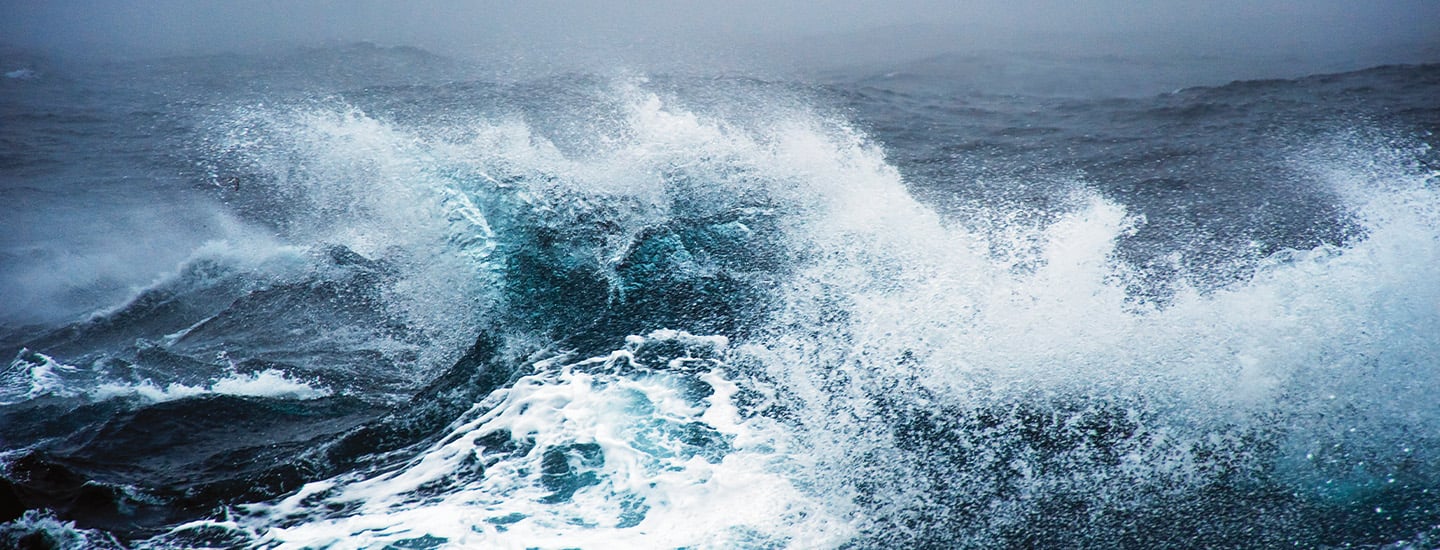Cian Byrne, 14, sits by a window at a cruise ship dinner table. As he gazes out at the dark, churning sea, his eyes grow wide with fear—but also excitement. Gigantic waves, one after the other, crash into the window inches away from him. The force of the raging sea rocks the ship up and down like a roller coaster.
Other passengers shriek, and Cian grabs his water glass to keep it from spilling. But the teen from Los Angeles, California, doesn’t panic. He knows this is all part of the experience sailing the infamous Drake Passage.
The Drake Passage is a 600-mile-wide waterway between South America and the Antarctic Peninsula. It is located where the Atlantic, Pacific, and Southern oceans meet (see map, "Journey Through the Drake," below).
Scientists and explorers have long described the Drake Passage as one of the most dangerous voyages on Earth. Ship crews have reported waves as high as 65 feet—some of the tallest in the world. And an estimated 10,000 sailors have died in shipwrecks there throughout history.
However, the Drake Passage’s danger hasn’t dampened its appeal for travelers. More and more people are braving the journey—and posting about it on social media. When this issue went to press, a TikTok video of Cian’s experience this past March had nearly 80 million views. Cian and others say the wild ride is worth it for what awaits on the other side: a chance to see the ice-covered continent of Antarctica.

